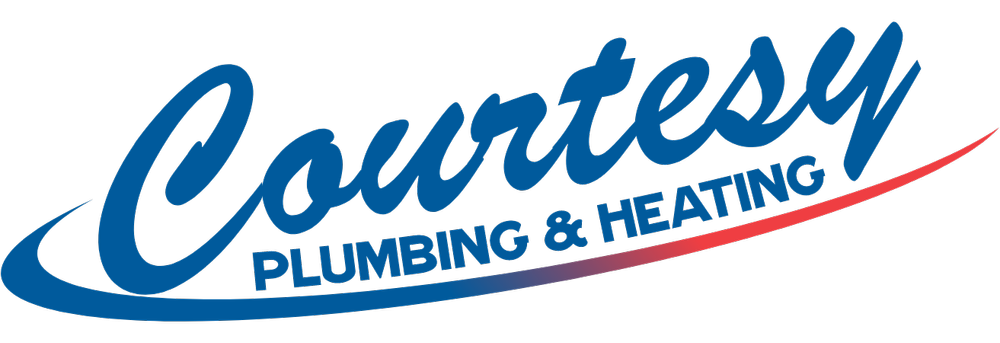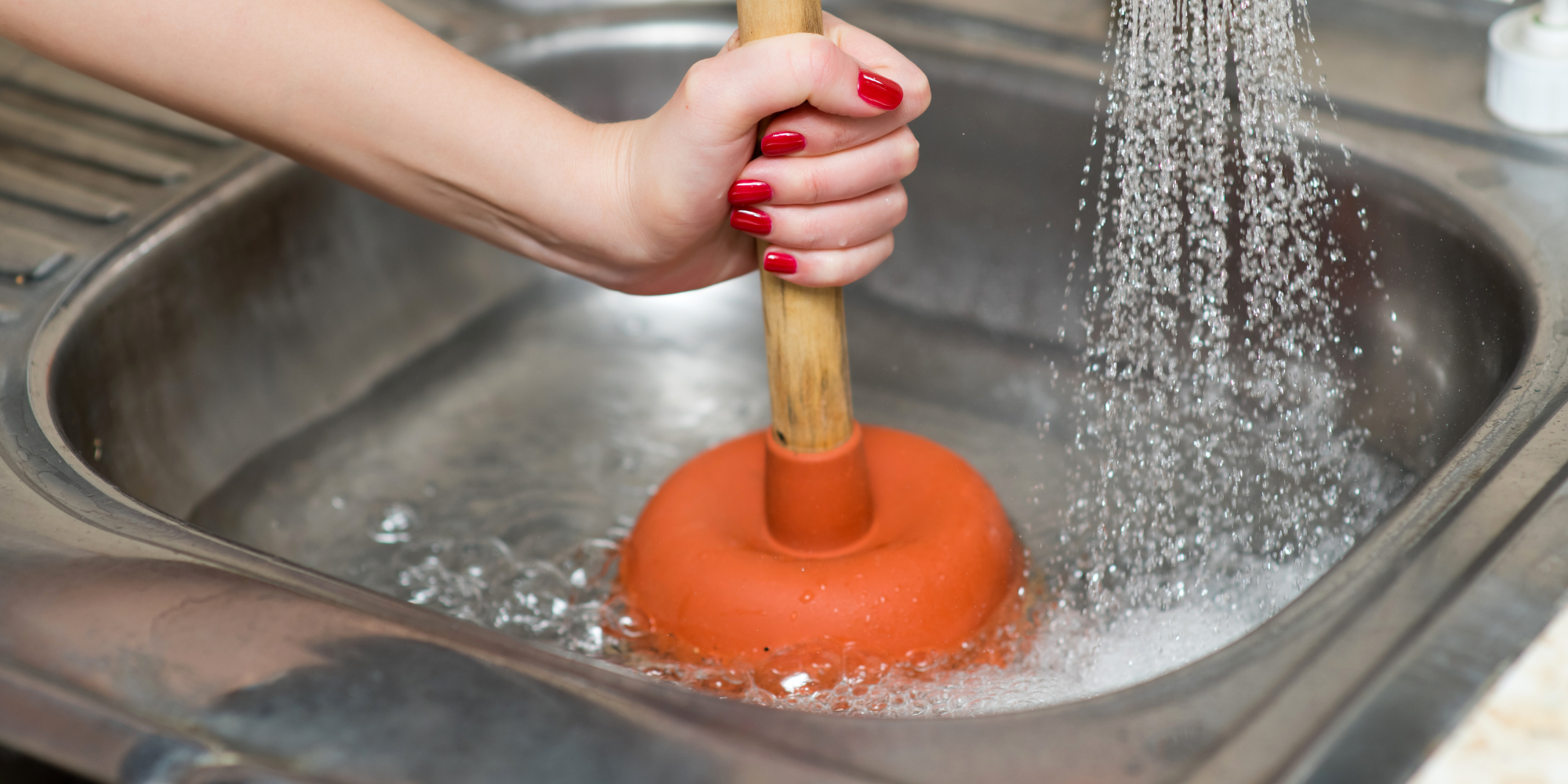How to Unclog a Drain Without Chemicals
Clogged drains are one of the most common household issues, and they can quickly turn from a minor inconvenience into a major headache if not addressed promptly. While chemical drain cleaners might seem like an easy fix, they can be harsh on your plumbing, harmful to the environment, and even dangerous if used improperly. Luckily, there are several effective, eco-friendly methods you can try to unclog your drain without resorting to chemicals. Here’s how to do it.
1. The Boiling Water Method
One of the simplest and most effective ways to clear a clogged drain is by using boiling water. This method is particularly useful for clogs caused by grease, soap, or small food particles.
Steps:
Boil a pot of water – Make sure it’s a full pot to provide enough force to move the clog.
Slowly pour the boiling water down the drain in two to three stages, allowing the hot water to work for a few seconds between each pour.
Check the drain – If the water starts to drain slowly, you’re making progress. Repeat the process if necessary.
Note: Be cautious with this method if you have PVC pipes, as boiling water can sometimes soften or damage them. Use hot tap water instead in such cases.
2. The Plunger Method
A plunger isn’t just for toilets—it’s also a great tool for unclogging drains. It works by creating a vacuum that helps dislodge the blockage.
Steps:
Fill the sink or tub with enough water to cover the plunger’s cup.
Place the plunger over the drain and press down to create a seal.
Vigorously plunge up and down several times without breaking the seal.
Check the drain – If the water starts to drain, you’ve likely cleared the clog.
3. The Baking Soda and Vinegar Method
This classic combination is not only effective for cleaning but also for unclogging drains. The chemical reaction between baking soda and vinegar can help break down the clog.
Steps:
Pour 1/2 cup of baking soda down the drain.
Follow with 1/2 cup of white vinegar.
Cover the drain with a plug or a cloth to contain the fizzing reaction.
Wait 10-15 minutes – Allow the mixture to work on the clog.
Flush with hot water – Pour a kettle of boiling water down the drain to wash away the loosened debris.
4. The Wire Hanger Method
For clogs that are close to the drain’s opening, a simple wire hanger can work wonders.
Steps:
Straighten a wire hanger as much as possible, leaving a small hook on one end.
Carefully insert the hanger into the drain.
Fish out any hair, food particles, or other debris causing the blockage.
Run hot water down the drain to clear any remaining residue.
Tip: Be gentle to avoid scratching your pipes.
5. The Wet/Dry Vacuum Method
If you have access to a wet/dry shop vacuum, it can be an incredibly effective tool for clearing a stubborn clog.
Steps:
Set the vacuum to liquid mode and create a tight seal over the drain using the hose attachment.
Turn the vacuum on at its highest setting to suck out the clog.
Inspect the vacuum canister – You might find the clog inside, indicating that the drain is clear.
Preventing Future Clogs
Once you’ve successfully cleared the drain, it’s important to take steps to prevent future clogs. Here are a few tips:
Use drain strainers to catch hair, food particles, and other debris before they go down the drain.
Avoid pouring grease or oil down the drain, as these can solidify and cause blockages.
Regularly flush your drains with boiling water or a vinegar and baking soda solution to keep them clear.
When to Call a Professional
While these methods are highly effective for minor clogs, there are times when a blockage might be too severe to handle on your own. If you’ve tried these techniques and your drain is still clogged, it may be time to call in a professional. Persistent clogs can indicate a more serious issue deeper in your plumbing system that requires expert attention.
By following these chemical-free methods, you can tackle most clogged drains without harming your pipes or the environment. Remember, a little preventive maintenance goes a long way in keeping your plumbing running smoothly. If you ever find yourself dealing with a drain that just won’t budge, Courtesy Plumbing & Heating is always here to help!

